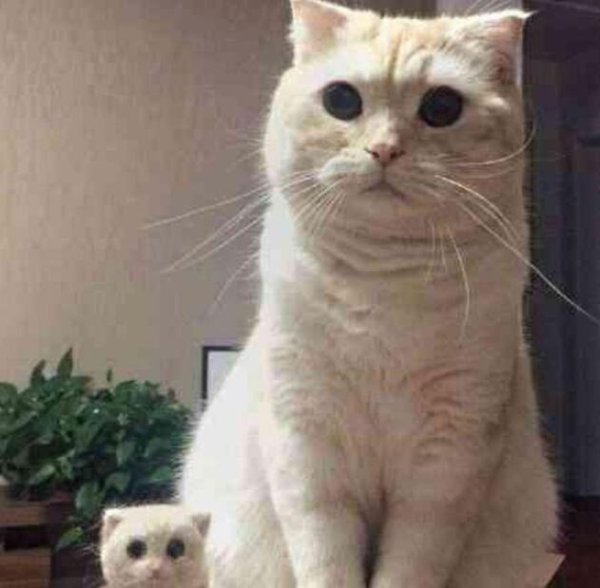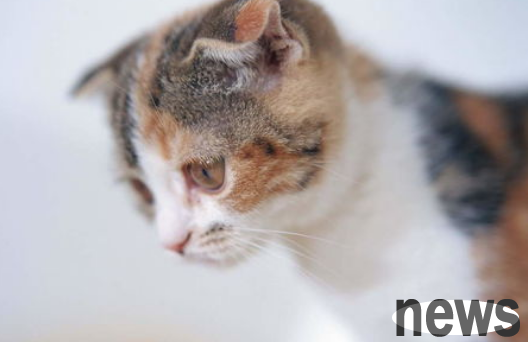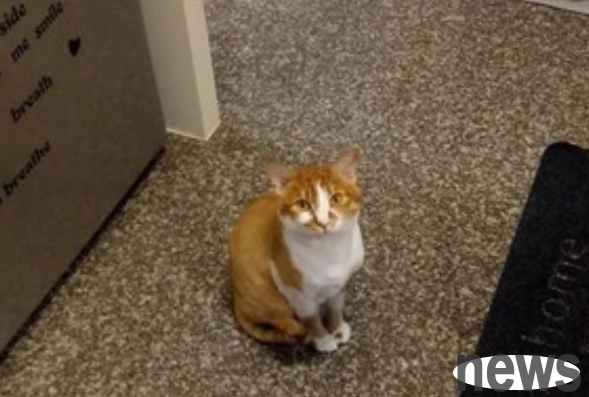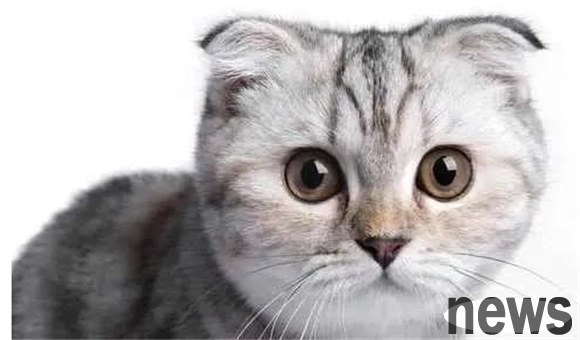Why do cats shed reddish brown tears? There are these possibilities, don’t ignore them!
Cats have very big eyes. If they hold tears, they can basically be clearly seen. Some cat breeds have short noses and tears flow frequently. The cat owners should be accustomed to it, but cats are still reddish-brown tears, which are worthy of attention. So why do cats shed reddish brown tears? What should I do if a cat sheds reddish-brown tears? Next, let’s learn about the cat’s reddish brown tears.

1. Tears oxidize to red
If there are no other diseases in the cat's eyes, reddish-brown tears may be caused by the oxidation of the tears after they come into contact with oxygen, thus turning reddish-brown. This is normal. The owner only needs to clean the cat's eyes regularly, so there is no need to worry too much.
2. Over-salty
If the cat's daily food is too high, or the foods eaten by humans often can easily cause inflammation in the body and reddish-brown tears. In this case, it is necessary to adjust the cat's diet in time, keep the diet light, and let the cat drink more water. For the tears that the cat shed, the owner can use a wet towel to help the cat clean it in time.
3. Eye inflammation
If a cat not only shed reddish-brown tears, but also accompanied by symptoms such as redness and swelling of the eyes and increased secretions, it may be that the eyes are infected with bacteria or viruses, resulting in eye inflammation such as conjunctivitis. It is recommended to consult a pet doctor in time to treat it with medication.
4. Foreign objects enter the eyes
Red-brown tears when cats' eyes may also be caused by foreign objects entering the eyes, such as bath fluid, hair, sand and dust. Once these substances enter the eyes, they will produce mechanical stimulation, causing tears. For smaller foreign objects, the owner can use normal saline to clean the cat's eyes, so that the foreign objects naturally flow out with normal saline, and then use antibacterial and anti-inflammatory eye drops to prevent infection. If the foreign object is relatively large, the cat needs to be sent to a pet hospital and removed by a professional pet doctor.

5. Cat's nose branch
If the cat has symptoms such as listlessness, sneezing, coughing, runny nose, increased eye secretions, and adhesions to the upper and lower eyelids, it is likely that the cat's nose branch is suffering from it. It is recommended that the owner consult a doctor in time. The use of viral interferon and lysine preparations can effectively inhibit the reproduction of viruses and thus achieve therapeutic effects. However, after the treatment of cat nasal bran, cats may be toxic for life.




